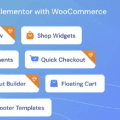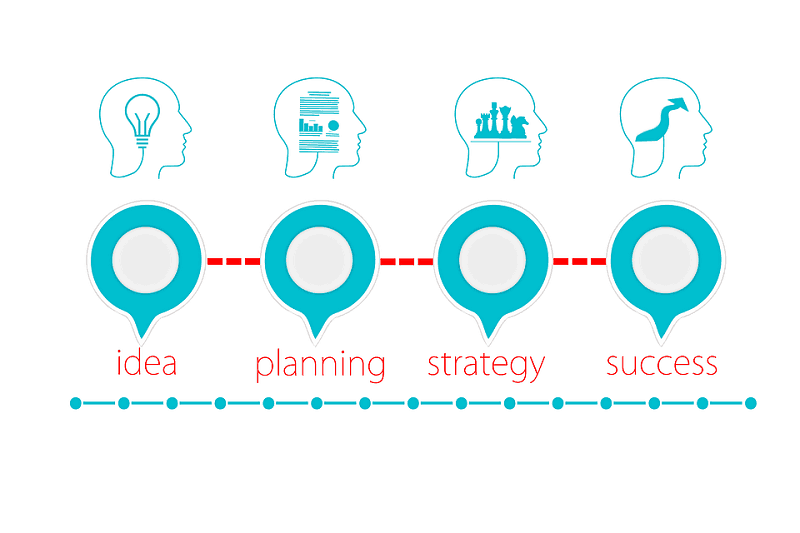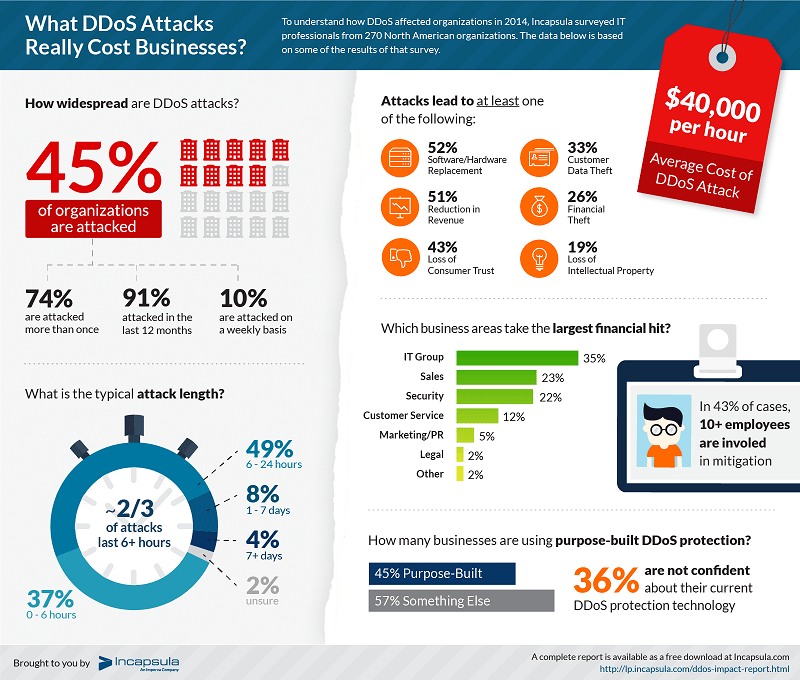Running an e-commerce business is exciting. You start with a handful of products, a few customers, and a simple online store. At that stage, it is fairly easy to manage. You can quickly check if your website works, place a test order, and confirm payments go through. But as your business grows, things begin to change.
You add more products, bring in more traffic, run promotions, and integrate with different tools like payment gateways, shipping partners, and marketing platforms. Suddenly, testing your online store is not as simple as it once was. Even a small mistake, such as a broken checkout button or a missing shipping option, can frustrate customers and cost sales.
This is why scaling e-commerce testing is so important. It ensures your online store runs smoothly, keeps customers happy, and helps you grow without unnecessary setbacks. Let’s walk through what e-commerce testing is, why it becomes harder as your business grows, and how you can build a testing strategy that grows with you.
Table of Contents
What is E-commerce Testing?

E-commerce testing is the process of evaluating and verifying the functionality, performance, usability, security, and reliability of an online shopping platform or application. The goal is to ensure that customers have a smooth, secure, and error-free experience while browsing products, adding items to the cart, making payments, and completing purchases.
From a software testing perspective, it focuses on making sure that every feature in the e-commerce workflow works correctly across different devices, browsers, and environments.
However, due to the complexity and dynamic nature of e-commerce applications – where thousands of products, frequent updates, and multiple third-party integrations are involved – manual testing alone is not enough. Relying only on manual testing makes it hard to cover all scenarios, slows down releases, and increases the risk of missing critical bugs.
This is why e-commerce testing tools like testRigor are essential. They allow QA teams to quickly validate core functionalities, run regression tests at scale, and ensure consistent performance across various platforms. These tools enable faster, more reliable, and repeatable testing – making them critical for maintaining quality in modern e-commerce applications.
Why Testing Becomes Harder as You Grow
When your business is small, testing feels simple. You can spend a few minutes clicking through the site to make sure everything looks good. But as your business expands, challenges start to pile up:
- More Products – With hundreds or thousands of products, it is nearly impossible to manually check every product page. Even updating one price or photo incorrectly can cause customer confusion.
- More Customers – A growing customer base means more people using your site at the same time. This increases the chances of someone running into bugs or slow load times.
- More Devices and Browsers – People shop on iPhones, Android devices, laptops, and tablets. They use Chrome, Safari, Firefox, and Edge. Your site has to work on all of them, which adds complexity.
- More Features and Integrations – As you expand, you might add loyalty programs, shipping trackers, or connect with third-party apps. Each new feature introduces a new area that needs testing.
The bottom line: the bigger you grow, the more moving parts there are to check. Relying only on manual testing at this stage quickly becomes overwhelming.
Moving Beyond Manual Testing
Manual testing is often enough in the early days, but as your business grows it quickly becomes inefficient. Checking every page, cart flow, and payment manually takes too much time, introduces inconsistencies, and increases the risk of errors. Automation provides a better path forward because it allows you to test faster and more reliably at scale. Instead of repeating the same steps over and over, automated tests handle the critical workflows for you, giving your team time to focus on improving the shopping experience.
How to Scale Your Testing
Scaling e-commerce testing does not mean replacing all manual testing overnight. Instead, it is about building smarter processes step by step. Here are some ways to get started:
- Automate Repetitive Checks – Begin by automating tests for your most critical workflows: product search, adding items to cart, and checkout. These areas directly impact revenue, so they should always work perfectly.
- Test Across Devices and Browsers – As traffic grows, you cannot assume customers are all using the same setup. Use cloud-based tools that allow you to test on different devices and browsers at the same time.
- Focus on Key Areas First – You do not have to automate everything at once. Start with the “money paths” such as search, cart, and payment. Gradually expand coverage as your store evolves.
- Use the Right Tools – Choose tools that make testing easier to manage. Some require coding, while others offer no-code options that let non-technical team members create and run tests. More recently, AI testing tools have emerged, helping teams create and maintain automated tests more efficiently than traditional frameworks.
- Keep Manual Testing for Special Cases – Automation handles repetitive checks well, but manual testing is still useful for exploring new features or checking overall user experience.
Best Practices for Growing Businesses
Developing your e-commerce testing strategy can be straightforward. By following a few best practices, you can keep things manageable:
Keep Tests Simple
Complex tests are hard to maintain and often break when your site changes. Simple, straightforward tests are easier to update and easier for your team to understand. A clear testing approach ensures that as new features are added, the process of keeping tests up to date does not become overwhelming.
Update Tests Regularly
Your online store is constantly evolving with new products, promotions, and integrations. Testing should evolve at the same pace. Regularly updating your test cases keeps them relevant and ensures that your most important customer journeys are always covered. Treat your test suite as a living part of your business operations, not something you set up once and forget.
Balance Automation and Manual Effort
While automation is powerful, it cannot replace every type of testing. Manual testing still plays a role in exploring new features, validating the look and feel of the site, and uncovering unexpected issues. Striking the right balance means using automation for repetitive and critical flows, while reserving manual checks for creative and exploratory scenarios.
Encourage Team Collaboration
Testing works best when it is not treated as the responsibility of one department. Developers, QA testers, product managers, and even business stakeholders should all contribute to quality. By working as a team, you create a culture where testing is integrated into every stage of development and decision-making, making your business more resilient as it grows.
Why Scaling Testing Matters
Scaling your testing is not just about preventing bugs, it is about building confidence in your ability to grow. A well-tested e-commerce site makes it possible to launch new features, run promotions, and expand into new markets without fear that something critical will break. Customers can shop smoothly, and your team can innovate faster.
In the long run, investing in scalable testing pays back many times over. It reduces lost revenue from errors, minimizes customer frustration, and allows your business to move quickly without sacrificing reliability. When testing is built to grow alongside your store, it becomes a foundation for both stability and success.
Conclusion
Growing an e-commerce business is exciting, but it comes with new challenges. Testing that worked when you were small may no longer be enough as products, customers, and integrations multiply.
By scaling your e-commerce testing, you protect your business from costly bugs and deliver a better experience to your customers. Start with the basics: automate critical flows, test across devices, and keep manual checks for unique cases. Over time, expand your strategy to cover more areas as your business evolves.
Remember, testing is not just a technical task, it is an investment in growth. The smoother your online store runs, the more confidence customers will have to shop with you again and again.
























